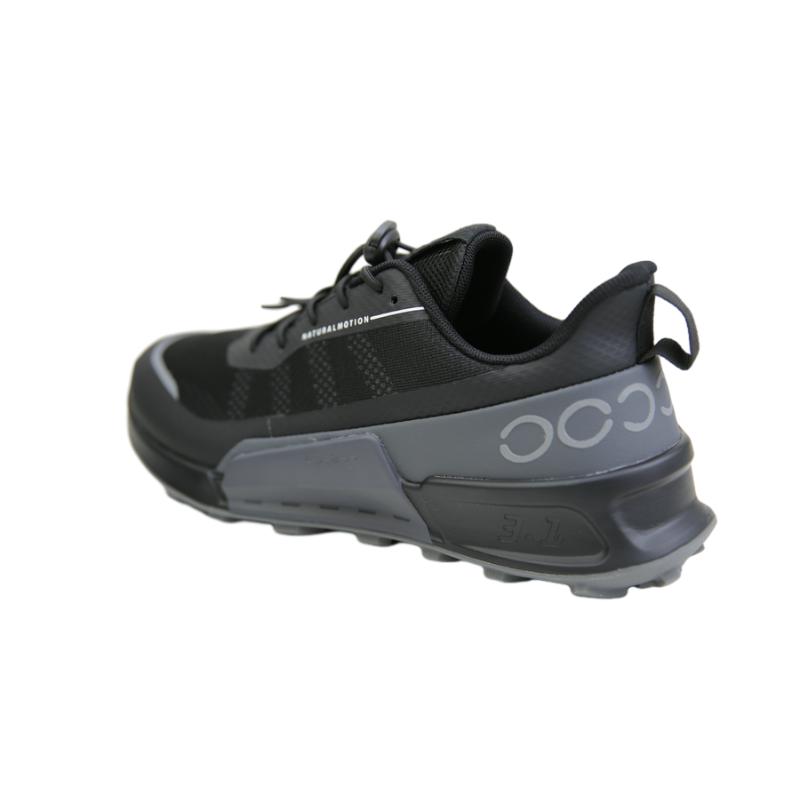It's essential to choose the right size and fit when investing in waterproof shooting boots. A snug fit ensures that the boot moves with your foot, minimizing the risk of blisters or discomfort. Additionally, consider the weight of the boot; lighter boots can be more comfortable for extended periods, but heavier ones may offer better support.





